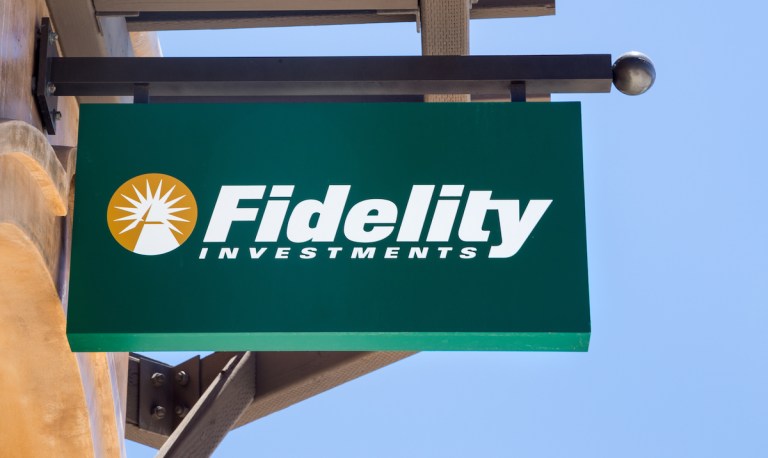Fidelity Investments Restricts Cash Management Accounts to Shut Down Fraud

Fidelity Investments reportedly shut down an online check fraud scheme similar to one that recently struck J.P. Morgan Chase by tightening some restrictions on cash management accounts Sept. 11.
The firm cut the amount certain customers can deposit into their cash management accounts from $100,000 to $1,000 and placed a 16-business-day hold on some account holders’ deposits before that money can be withdrawn or invested, The Wall Street Journal (WSJ) reported Friday (Sept. 27), citing unnamed sources.
Since making these changes, the number of suspicious deposits has fallen, according to the report.
“We recently identified individuals attempting to commit fraud using their Fidelity checking accounts,” a Fidelity spokesperson said, per the report. “To be clear, these individuals were committing fraud with respect to their own accounts. No other customer information, accounts or assets were at risk.”
The new restrictions focus on cash management accounts and do not affect retirement accounts, the report said.
The scheme that led to these restrictions was similar to one that hit J.P. Morgan Chase and other banks, according to the report. The fraudsters recruited the firms’ customers on social media platforms, offered them a cut of the proceeds in exchange for access to their accounts, deposited fake or doctored checks, and then quickly withdrew the money.
In the case of Fidelity, which is not a bank but is known for mutual funds, retirement accounts and brokerage services, the scheme targeted its cash management account that lets customers make purchases and withdrawals, per the report.
The fraudsters used Fidelity’s mobile app, which allows customers to make a deposit by photographing the check, according to the report.
It was reported Sept. 6 that J.P. Morgan Chase planned to share with police the information it has about people who took advantage of a so-called “glitch” promoted by TikTok users the previous week.
In that case, Chase Bank suffered a technical error that allowed customers to immediately withdraw the full amount from checks they deposited at ATMs, rather than the smaller portion the bank normally allows.